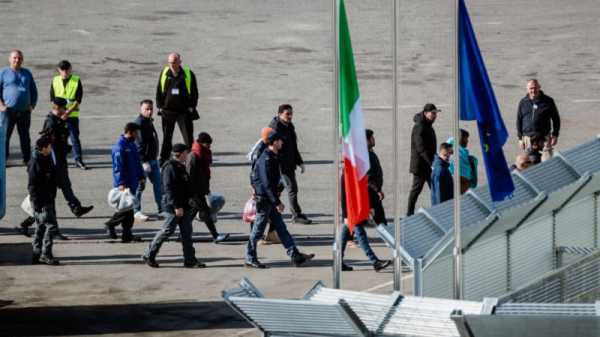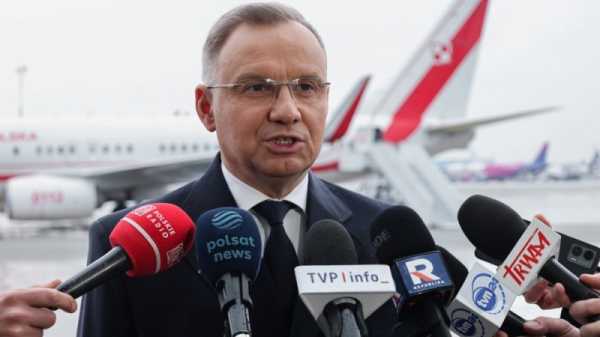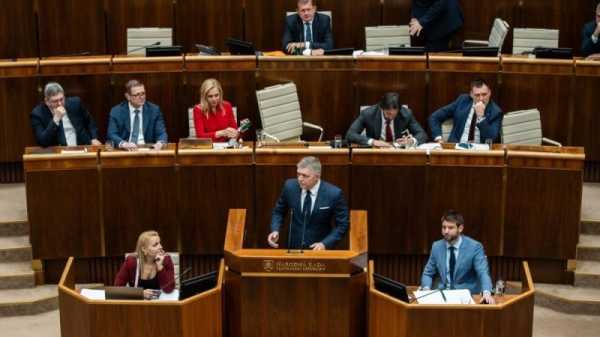
ROME – Following legal setbacks, the Italian government has revised the Protocol between Italy and Albania, allowing the transfer of migrants with confirmed or extended detention orders for repatriation from Italy to Albania.
On March 28, the Italian Council of Ministers amended the Protocol between Italy and Albania to allow the transfer of migrants with confirmed or extended detention orders already in Italy to the Albanian centre of Gjader.
Initially, under a protocol between Italy and Albania signed back in 2023, Italian-funded Albanian centres were to process and return, under a “fast-track” procedure, adult male migrants from “safe countries” rescued at sea.
The centres have remained empty since they opened last October after Italian courts repeatedly overturned detention orders, challenging the “safe” status of some countries and referring cases to the European Court of Justice.
Now the government has decided to restart the protocol, turning the Gyader facility into a full-fledged “repatriate detention center” to circumvent the legal challenges.
Under Italian law, detention centres for repatriates, known as “CPRs”, are where illegal migrants are held pending identification and deportation, for periods of up to 18 months.
Italian Interior Minister Matteo Piantedosi assured that the Gjader centre would be quickly reopened but “will not lose its functions and will not be significantly modified.”
There are currently two facilities in Albania. Shengjin for screening and Gjader, where migrants await asylum and return decisions. Gjader, which also housed a prison unit, already housed a 144-bed repatriation detention unit and an 880-bed detention unit.
According to Piantedosi, the center in Gjader will become “another intensive care and resuscitation center located outside the national territory.”
To allay concerns, he noted that migrants in Italian repatriation centres already move between facilities that are sometimes further apart than the transfer point to Albania, insisting that Gjader would operate as if it were on Italian soil.
Legal experts have warned that the new move raises serious new legal issues, particularly regarding the transfer of Albanian sovereignty to Italy. The transfer of migrants to a third country could violate international agreements and create significant legal problems.
Under current EU return rules, member states can only transfer irregular migrants to third countries if they voluntarily agree to the move.
Piantedosi confirmed that the European Commission had given the green light for the conversion of the Albanian site. “The review with the European Commission has concluded positively, which allows us to proceed,” he said at a press conference on Friday.
The decision follows a new EU Commission proposal on returns presented in early March. The new law allows member states to explore the concept of so-called “return hubs” outside the EU bloc.
The Italian government's move comes as Italy awaits a ruling by the European Court of Justice on third-country security policy, expected in May.
A non-binding opinion from the European Court of Justice's Advocate General setting out the proposed decision and its reasoning is expected on April 9, a spokesman for the EU's top court said.
Piantedosi said Rome was counting on a favourable ruling from the EU court, expected by the end of May. If the ruling upholds Italy's position, both sites would largely return to their originally planned functions.
(Alessia Peretti, Nicoletta Ionta | Euractiv.it)
Source: Source



